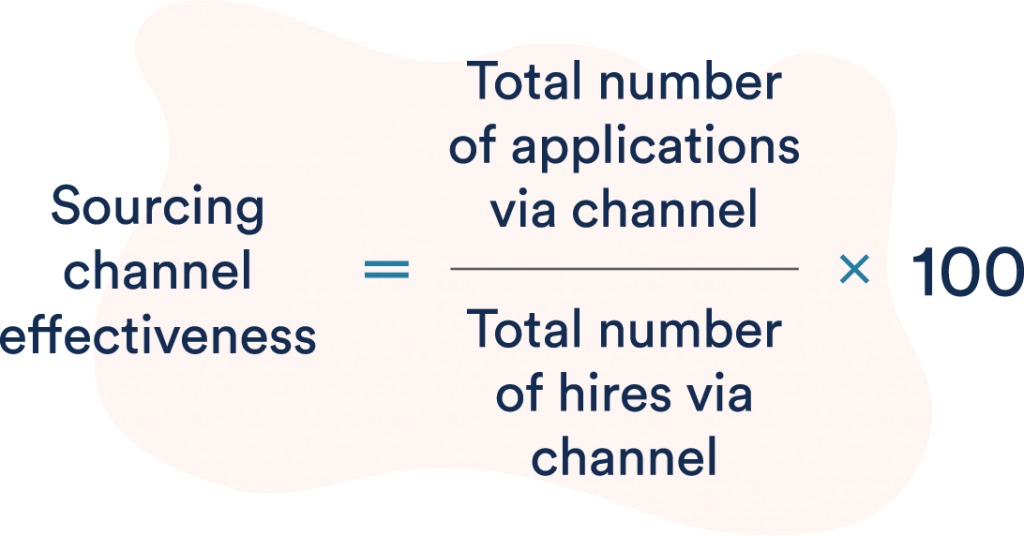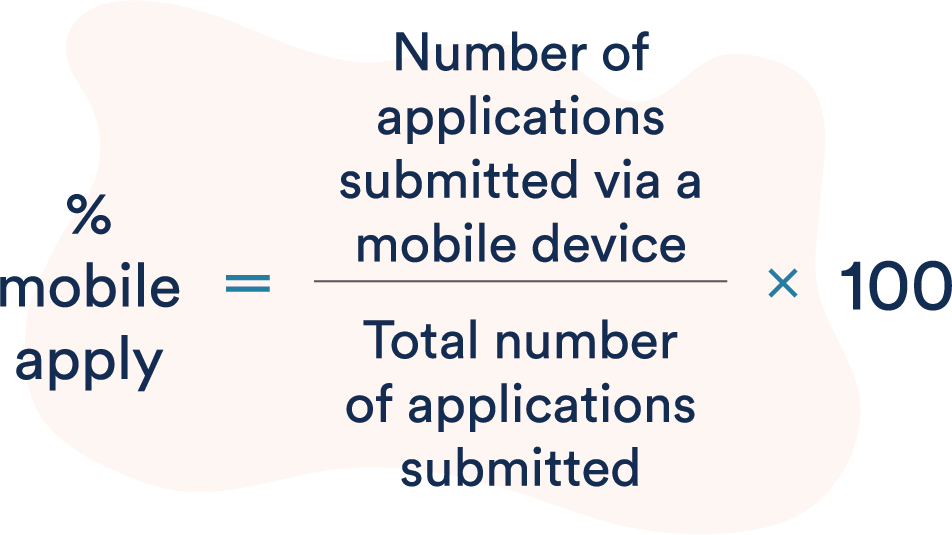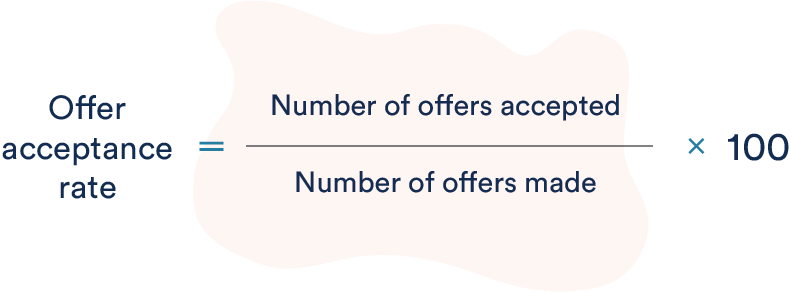Consider this scenario: a sales leader directs their team to boost prospect call numbers, and is encouraged when they increase. What they didn’t bank on, though, were the consequences of incentivisingincentivizing quantity over quality; more lower-quality calls lead to bigger workloads and less real results.
From an outside perspective, it’s easy to see how focusing on incorrect metrics can lead to bad results. But how often does this play out in HR metrics and recruitment strategy too?
If you’re responsible for creating a strong talent acquisition strategy, a focus purely on increasing application numbers may be distracting you from what actually matters: hiring quality team members.
To optimiseoptimize your HR strategy, let’s demystify these HR metrics by viewing them not as standalone targets, but as stepping stones to take meaningful actions, within each stage of the recruitment funnel.
1. Recruitment strategy starts with sourcing channels
Often, new hires come from a variety of channels – so assessing source-of-hire metrics may seem inconsequential. But there’s a difference between knowing which channels applications are coming from, versus how effective they are,
Assessing sourcing channel effectiveness provides a valuable starting point for recruitment strategy decisions by determining where your best-quality candidates are coming from.

University of Delaware, for example, determined its top three sourcing channels, then boosted its investment in these channels to make more quality hires and optimiseoptimize its recruitment spend.
2. HR metrics for a better candidate experience
After gathering top-of-funnel recruitment metrics, it makes sense to view data points within the candidate experience lifecycle.
As PageUp insights reveal employers are struggling to attract enough quality candidates, perhaps it’s no surprise that fundamentally, candidate expectations have changed. Millennials comprise the majority of applicant pools, smartphone usage continues to increase, and many candidates expect recruitment processes that more closely reflect a consumer-grade experience.
If your organisationorganization recognisesrecognizes the importance of overcoming challenges like these in your talent acquisition strategy, there are two metrics that can improve your ability to ensure you’re delivering a great candidate experience: Time to Apply, and Percentage of Mobile Applications.
How to calculate time to apply:

How to calculate percentage of mobile applications:

Analyze these recruitment metrics: is there a correlation between the number of abandoned applications and mobile application rates? Is there an outstanding difference between desktop and mobile application rates? Are there ways for these experiences to be optimisedoptimized?
By considering these questions and making a few small adjustments, recruitment teams can have a huge impact attracting talent in a tight market.
Bendigo and Adelaide Bank, for example, optimisedoptimized touchpoints within the candidate experience, leading to great results —and top-quality hires.
3. Winning talent ahead of competitors
Finally, as part of an effective talent acquisition strategy, it’s important to assess whether you’re winning your fair share of talent ahead of competitors.
While benchmarks can vary between industries, offer-acceptance rates sitting at 95% or below can indicate it’s worth investigating and addressing potential reasons why.

As our Head of Customer Insights & Market Research, Rebecca Skilbeck, explains in terms of offer acceptance rates: “For talent acquisition professionals, knowing why it’s happening and what can be done about it is of real strategic value to your senior leadership team.”
For talent teams focused on what matters —hiring quality team members— the pathway for creating an effective talent acquisition strategy is clear. Recruitment metrics matter. And identifying and leveraging them may be far simpler than you’d expect.
When it comes to your HR strategy, HR metrics are one of the greatest starting points. It takes interpretation to take meaningful recruitment actions. In doing so, you’ll be better positioned to achieve your talent strategy and overarching organisationalorganizational goals.
There’s a staggering difference between pulling recruitment metrics manually and leveraging purpose-built analytics. Interested in getting automated boardroom-ready recruitment metrics? Get in touch.





